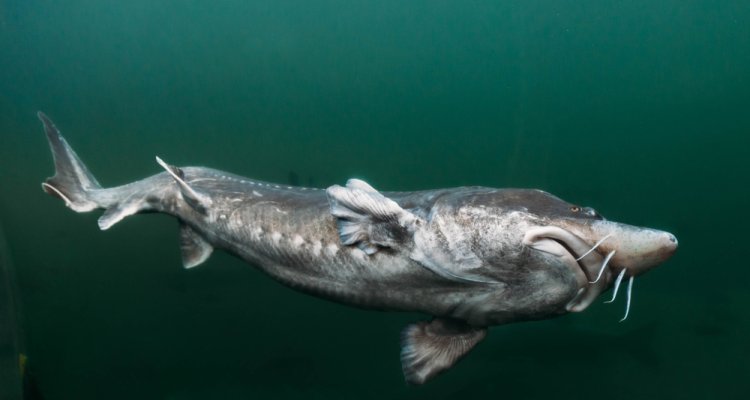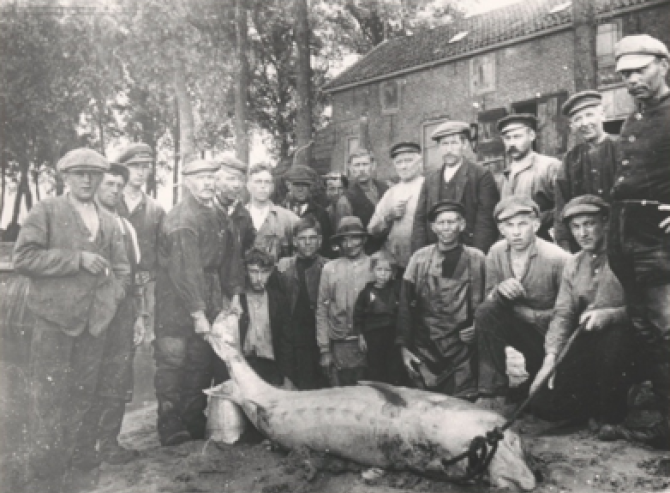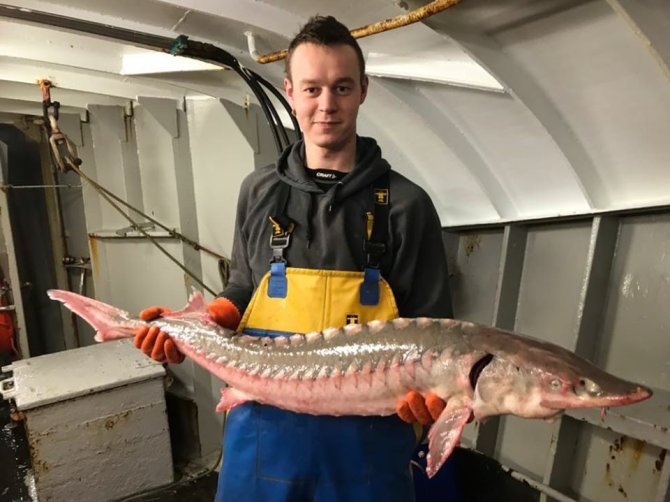
Project
Feasibility of reintroduction of European sturgeon in the river Rhine basin
If a big fish survived for 90 million years, then it must be a fish worth saving! Disentangling critical interactions between ecology, life history and human impacts.
Aims and objectives
The European sturgeon, a living fossil growing up to 5m, is on the brink of extinction in the wild. Reintroduction efforts from a French hatchery to Europe's main rivers aim to save the species. The Rhine seems ready, considering the river's restored water quality and renewed accessibility. But will the sturgeon establish after an absence of 70 years and imminent climate change? Assessing the river's quality and the remaining bottlenecks, whilst monitoring sturgeon juvenile's habitat use, is just one example of how WUR works on the quality of life.
Methods
Juvenile European sturgeons will be tagged for the Vemco and NEDAP telemetry systems and released into the Lower Rhine, in order to track their outmigration pathways in the Port of Rotterdam and Lake Haringvliet. The impact of ship propeller strikes on migratory fish in the River Rhine, and the cooperation potential of commercial fishermen and their (technical) possibilities will both be assessed.

